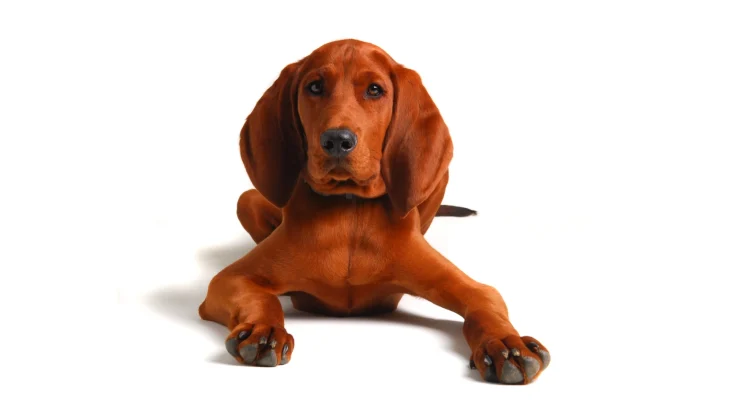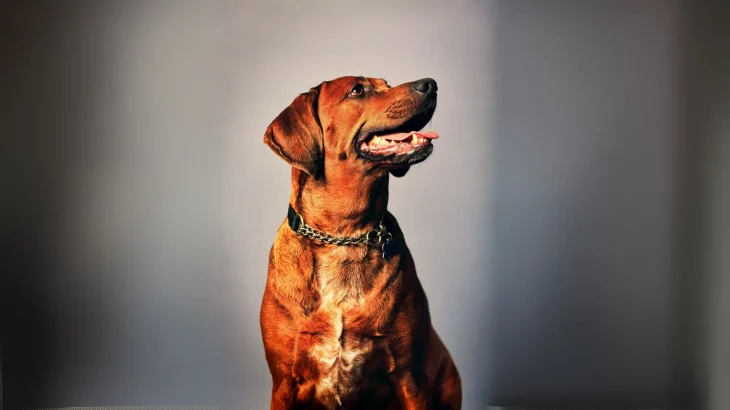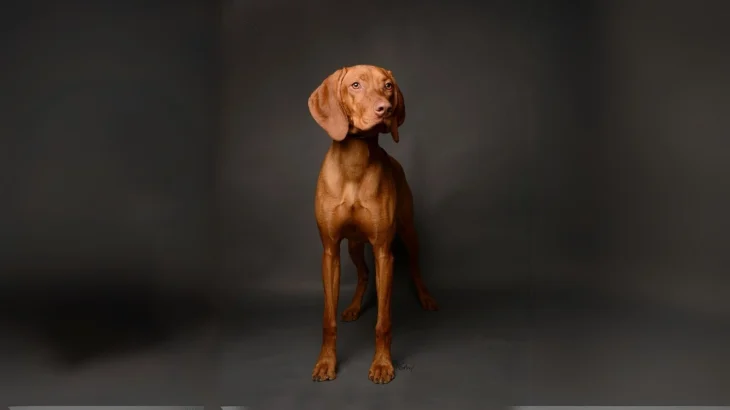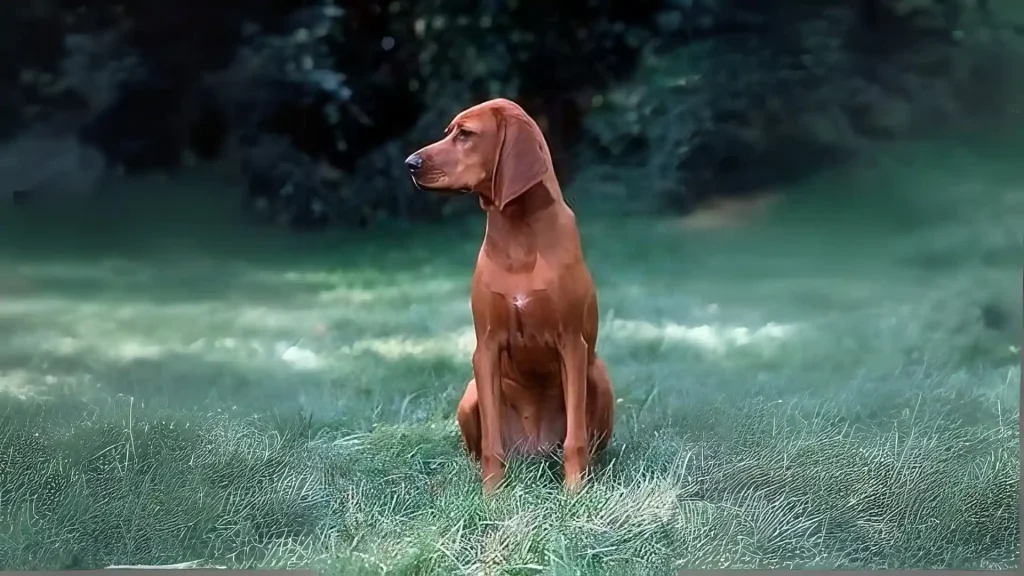When thinking about bringing a Redbone Coonhound puppy into your life, the choice boils down to adopting or buying from a breeder. Each path offers unique advantages related to health insights, cost, and ethical considerations specific to this breed. Understanding these differences can help you make an informed, feel-good decision.
Adoption vs. Breeder: Pros & Cons
| Criteria | Buying from Breeder | Adopting from Shelter/Rescue |
|---|---|---|
| Cost | Typically higher, reflecting purebred status and breeder care, often ranging from $800 to $1,500. | Generally lower adoption fees, which often cover initial medical care and vaccinations. |
| Health History | Breeders usually provide comprehensive health records and genetic testing, reducing uncertainty. | Health background may be less clear, though shelters perform health screenings before adoption. |
| Age Availability | Primarily puppies, enabling you to raise and train a Redbone Coonhound from an early age. | May include puppies, adults, or seniors, allowing flexibility based on preference. |
| Temperament Insight | Breeders can offer insights on lineage temperament and breed-specific traits. | Temperament observed directly by shelter staff; past behavior might sometimes be unknown. |
| Supporting Practices | Supporting responsible, ethical breeding promotes breed preservation and standards. | Supporting rescue efforts aids in reducing shelter overcrowding and gives a dog a second chance. |
| Ethical Considerations | Important to choose ethical breeders who prioritize health and temperament over profit. | Adoption promotes animal welfare by rescuing dogs in need, reducing demand for breeding. |




















































